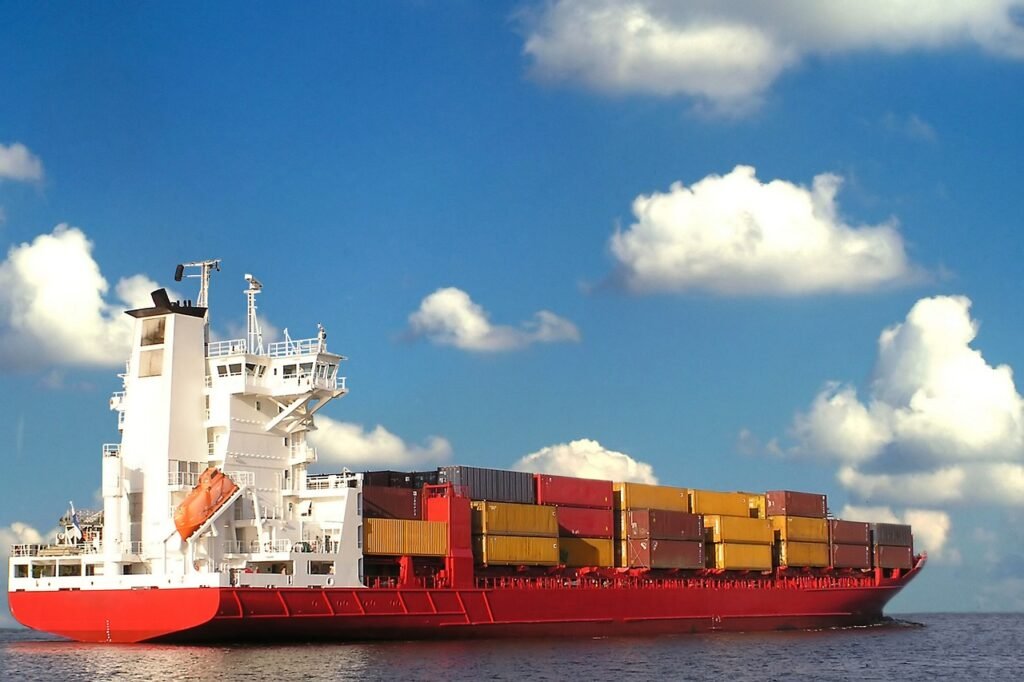
The North Atlantic Treaty Organisation (NATO), on a face value remains an alliance as well as a military formation to ward-off threats for the member nations. It plays a leading but salient role in maintaining stability in the movement of goods and services around the world. This article will highlight a few of those roles as they may seem less obvious to prying eyes. NATO actually forms part of the global supply chain by ensuring that aid, equipment and personnel are able to reach areas affected by natural disasters or war. The goals of NATO go beyond maintaining militaristic entity that defends the individual members in event of a war, invasion, and reckless act of hostility by other Sovern states. NATO plays a key role in crisis and disaster management, both within its member countries and outside of sphere of influence. One of the responsibilities is physically shipping of goods on behalf of its member nations, as well as ensuring that requests for shipping assistance from members or non-member countries are granted. It is in this role and more mentioned below here that we see its special sustainability tasks to support global supply chain.
1. Protecting key Supply Chain Resources
Key essential utilities, such as oil and gas (energy) are critical in the global supply chains and it’s one of tasks of NATO to protect vulnerabilities like this within their region. Disruption to sources of supplies could easily undermine the security of countries, leading to situations where global production is impacted, cause shortage or scarcity in supply of food and drinks. The COVID19 pandemic restriction, the repetitive crisis in Russia and continuous terrorist threats highlights the need for a robust stability and continuity plan for the global supply chain.
2. Counter Piracy Operations and Protection of Sea Lanes
Piracy continues to be a major threat to supply chains and freight in key shipping lanes around the world. NATO was an active participant in an international cooperation to combat piracy in the east coast of Africa. Since then, NATO continues to work with countries and global partners to support further anti-piracy efforts
3. Other hybrid threats in the Supply Chain
Besides infra-structural vulnerabilities, global supply chain is faced with hybrid threats in the form of disinformation, cyber-attacks, economic pressure and deployment of irregular armed groups These hybrid methods are used to blur the lines between war and peace in the attempt to sow doubt in the minds of target populations. They aim to destabilise societies and undermine supply chains. The readiness to prevent, counter and respond to hybrid attacks, whether by state or non-state actors, has been top priority for NATO.
In recent year, the speed, scale and intensity of hybrid threats have increased and some examples here are the uses of sophisticated hybrid strategies. Some of these methods include the political interference, malicious cyber activities, economic pressure and annexation used by the Russian Federation to pursue its political goals. Others are the malicious cyber operations, confrontational rhetoric and disinformation targeted to destroy security architecture and disrupt supply chain by the People’s Republic of China’s (PRC) in order to seeks supply chains control of key technological and industrial sectors.
